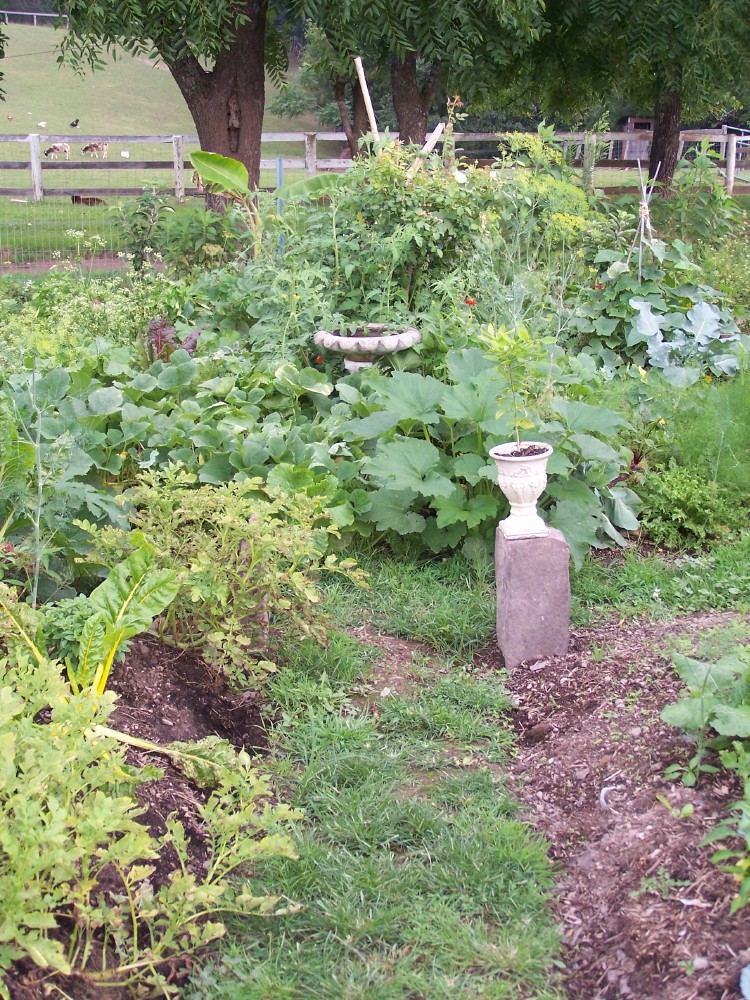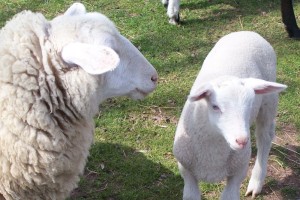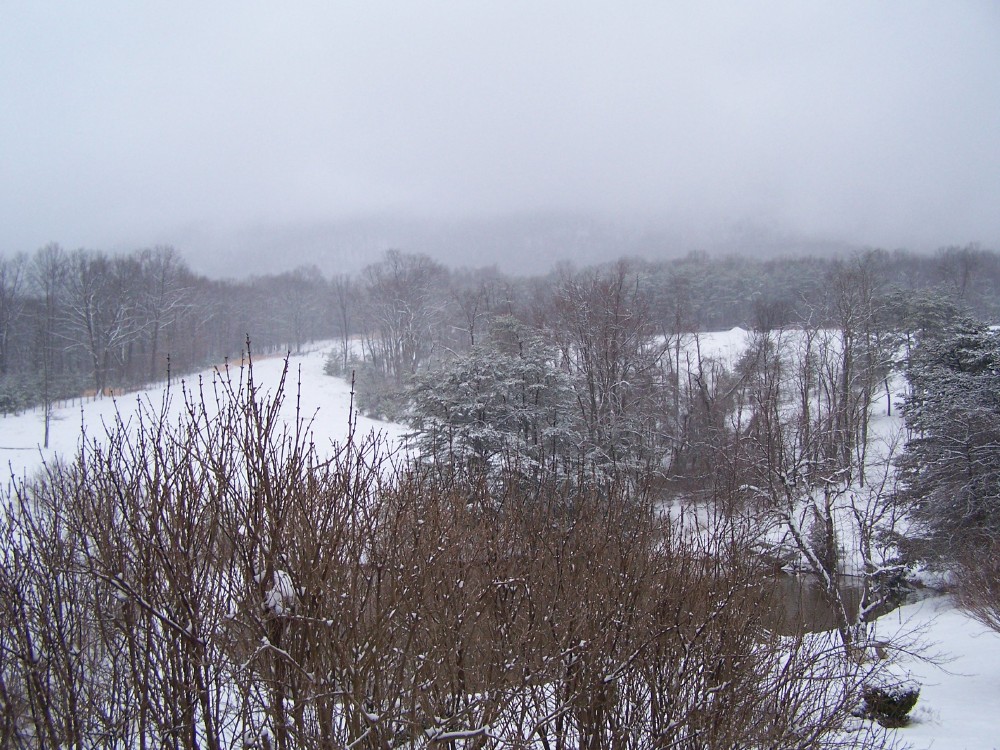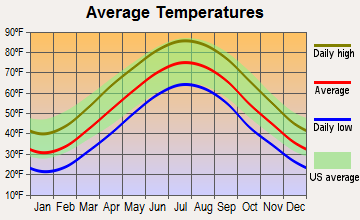Permaculture
I have written about how we use the principles of permaculture in running our farm, and thought it might be good to elaborate on it. It is a relatively new concept, considering its brief period in the long history of agriculture, from the fertile crescent to the present. Many people I talk with do not know what permaculture is, but fortunately there is growing interest. – there is even a permaculture group on Ravelry ![]()
Permaculture is a process of getting the different facets of gardening and agriculture to work in unison so that they support each other and enhance the health and outcomes for each system. Those systems are gardening or food production, livestock, and aquaculture. Permaculture takes organic gardening to its next step and encourages making decisions based on how to permit each system to function best rather than forcing that system into a situation it would not thrive in. The greatest example of forcing a system is big agriculture, which grows only one crop in an year under circumstances that compell the farmer to use pesticides and herbicides. This is “monoculture.” In monoculture, two, or perhaps three crops migh be rotated in order to try to dimish insects, but overall, the system relies on chemicals and depletes the soil.
In organic gardening emphasis is placed on using organic methods to reduce unwanted insects and to protect beneficial insects such as honey bees. Organic gardening encourages the improvement of the soil through composting, frequent crop rotation, and avoidance of chemical fertilizers. It still uses monoculture although under a smaller scale, and due to the better soil structure, the plants tend to be healthier and less prone to insects.
Now take this to its next level. Permaculture encourages not only crop rotation, but animal rotations as well. For example, by rotating chickens in an area of the garden, they can clean weeds, remove insects and fertilize. Instead of being forced to live and scavage off the same area, the chickens can be moved around frequently, do their work to improve the soil while benefitting from the system at the same time. This, is permaculture.
It extends to all the aspects of raising food. Trees, animals, plants and humans all are encouraged in their respective roles in order to improve the overall health of each. Trees can provide wind breaks and create microclimates for raising more varieties of plants. The plants can be chosen by the different nutrients that they tend to “fix” in the soil. Most of the us have heard about beans and legumes such as clover being capable of nitrogen fixing. Diverse plants can fix all sorts of minerals into the soil.
You can also use plants to aerate the soil. We recently had to large black pigs, heirloom type pigs that will forage and produce a healthy, non-GMO meat. We rotated them through our front pastures, and in one of them they entirely rooted up most of the turf. Instead of seeing this as a problem, we encouraged it. They removed most of the grubs without us having to resort to other methods, and by rooting up the surface, we were able to overseed this pasture with better diverse grasses, forbes, and even turnips. Yes, turnips. We deliberately sowed in thousands of turnip seeds. As the sheep and cattle graze they will pull this up by the roots, and we will have succeeded in aerating the soil, effortlessly. The sheep will benefit from more diverse feed.
Even placing large rocks in the garden can have their purpose. Mine serve as hose guides, but they also radiate heat to nearby plants at night encouraging their growth. Sepp Holtzer, one of the permaculture greats, noticed this while very young and deliberately started putting rocks next to his strawberry plants. Sepp has been using permaculture methods since before it was even called by that name. Permaculture also makes use of microclimates around buildings. Despite being in Ag Zone 6, we are able to grow a very large and productive fig tree on the south side of our house.
Another method of holding heat in an area is through ponds and other water sources. Sepp found that water retains more heat than air and that this also benefits the plants. He is able to grow food for hundreds of people, despite being 1,500 meters above sea level. No that’s not a typo. I have added his book to my Amazon store on the right side. This book also has information on nutrient fixing, plants that can help you identify the existing state of your soil, and advice for reclaiming damaged land.
There are some permaculture “experts” to watch out for. Some of the groups have as part of their criteria penalizing people who do not change their mindset or actions, and this is a slippery slope as far as I am concerned. It’s one thing to encourage people, to educate, but it’s quite another for one group to take a one size fits all approach to life. Another thing to watch out for are those whose enthusiasm is wholehearted but their recommendations are not. Our garden suffered a great deal from the faulty recommendations of Toby Hemingway, and now having gone through Eliot Coleman’s books as well as Sepp Holtzer’s, I can see the mistakes that were made.
For example, Toby recommends multiple layers of mulching and planting in these layers, while Sepp shows how to bury a tree and other composting materials into a berm and cover this with soil, scattering the seeds into the soil. This difference is huge in its impact. Toby’s method of planting small plants or seeds on mulch that has not composted means that no nutrients are available to the plant. The multiple layers prevent aeration of the soil, and finally, as the mulch composts at the top layer, it gives off too much heat, overheating the little plants. Whereas Sepp’s method plants the seed directly in established soil that can nourish it. The composting layers beneath provide nutrients to the plants when the plants roots grow long enough to reach that layer. And the warmth of the composting materials is deep in the soil where it encourages growth instead of overheating the plant at the surface. These berms also make harvesting very easy – you don’t even have to lean over ![]()
I also learned last year that the garden will have to be kept more organized. If you google permaculture pictures, you’ll find that most look disheveled like ours above. (You’ll also find alot of “conceptual” drawings – lots of people talk about permaculture conceptually, but have little experience in practice. If you open a permaculture guide and its mostly drawings, move to the next one.) I find that the sloppyness leads to being unable to find all your vegetables as they ripen, or deal with weeds and insects from all sides.
The main book on Permaculture is by Bill Mollison, Permaculture a Designer’s Manual, and I was fortunate to be able to borrow a copy since it is out of my budget. I have placed it in the Amazon store as well, and it is worth the $100.00 price tag for what it will pay back to you in productivity and saved time. Quite frankly, it is brilliant work.
























